Research Roadmap
The UF DCP Research Roadmap serves as a strategic framework, guiding faculty and researchers towards impactful investigations within the built environment. This roadmap outlines eight distinct research themes, each addressing critical challenges and opportunities in architecture, landscape architecture, construction management, interior design, and urban and regional planning. These themes encompass areas like sustainable design, resilient infrastructure, smart cities, and the integration of advanced technologies like artificial intelligence. The roadmap fosters interdisciplinary collaboration, ensuring that research efforts are aligned with pressing societal needs and contribute to the creation of sustainable, resilient, and equitable communities.
Research Themes
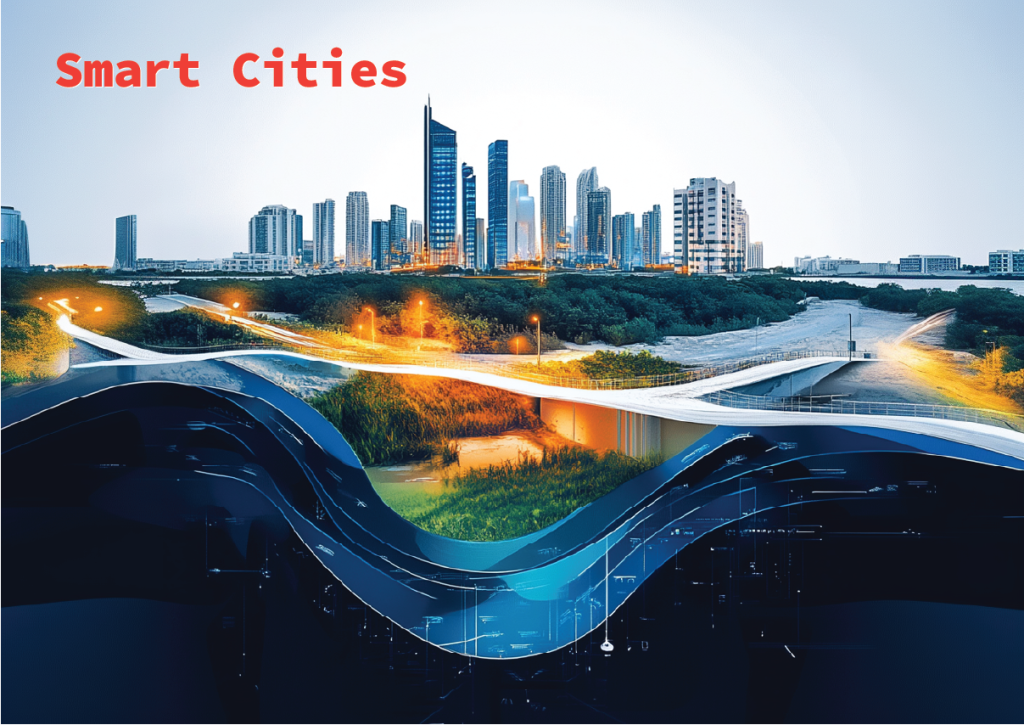
Smart Cities
Research on smart city built environments explores how technology can be integrated into urban infrastructure to improve performance, resilience, and user experience. This interdisciplinary field investigates the design, construction, and operation of connected spaces, seeking to optimize resource use and create more sustainable and livable cities. Some example research subtopics include:
- AI-Enabled Smart Cities
- Empathetic and Equitable Urban Systems
- IoT in the Built Infrastructure
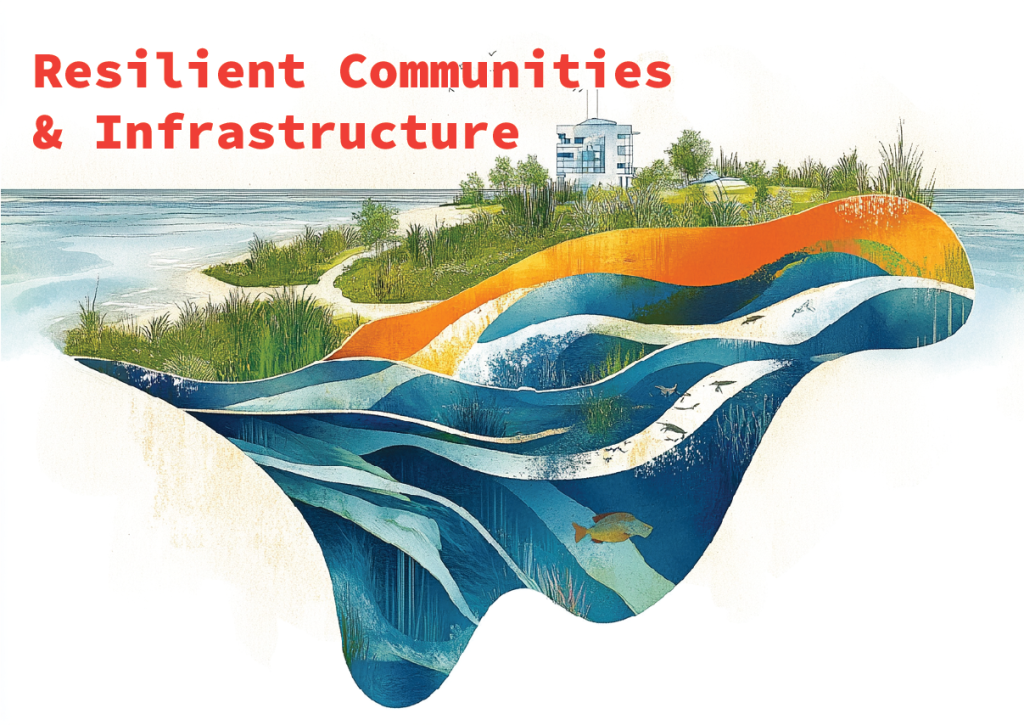
Resilient Communities & Infrastructure
Coastal research plays a crucial role in building resilient communities and infrastructure by investigating the impacts of climate change, including sea-level rise and extreme weather events, on coastal regions. Understanding these vulnerabilities through scientific study informs the development of adaptation strategies and engineering solutions to protect coastal populations, economies, and ecosystems. Some example research subtopics include:
- Resilient Coastal Futures
- Community-centered Risk Reduction
- AI-Enabled Landscape Conservation and Planning
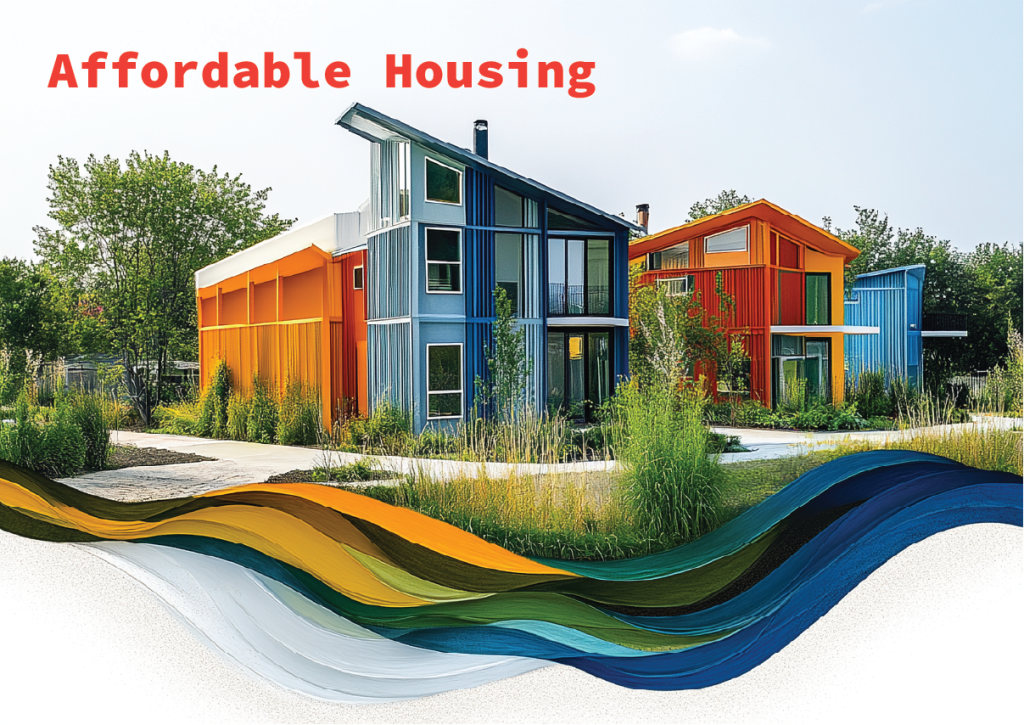
Affordable Housing
Affordable housing research examines the complex factors contributing to housing shortages and cost burdens, seeking to identify effective strategies and policies that increase access to safe and affordable homes. This interdisciplinary field explores topics like land use regulations, housing finance, and community development to inform the creation of equitable and sustainable housing solutions. Some example research subtopics include:
- Sustainable, Resilient and Affordable Housing
- Affordable Housing (Tyonek, AH)
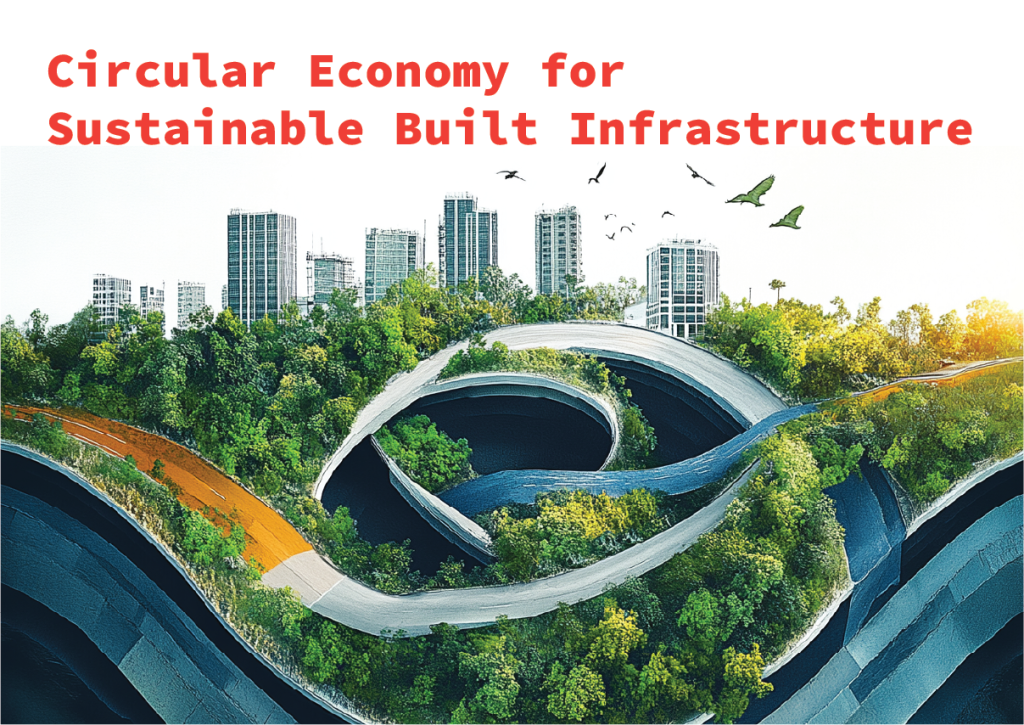
Circular Economy for Sustainable Built Infrastructure
Research on circular economy for sustainable built infrastructure investigates strategies to minimize waste and maximize resource utilization throughout the lifecycle of buildings and infrastructure. This includes exploring innovative materials, design for disassembly, and closed-loop systems to reduce environmental impact and promote a more sustainable built environment. Some example research subtopics include:
- Digital Twin Infrastructure for Circular Economy
- Concrete Recycling Networks
- Life Cycle Assessment in the Built Environment
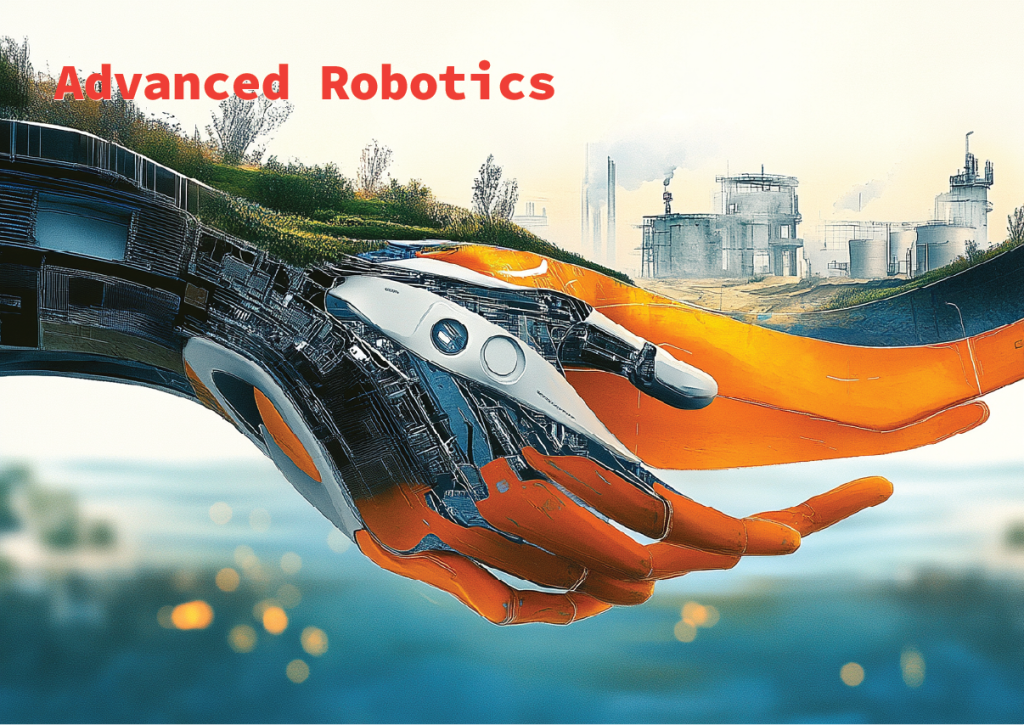
Advanced Robotics
Advanced robotics are revolutionizing the design, engineering, and construction of the built environment by automating tasks, improving precision, and enabling the creation of complex forms. These technologies offer the potential to increase efficiency, reduce costs, enhance safety, and unlock new possibilities in architectural design and construction methodologies. Some example research subtopics include:
- Robotics for Industrialized Construction
- Robotics and Human Interaction
- Construction Safety
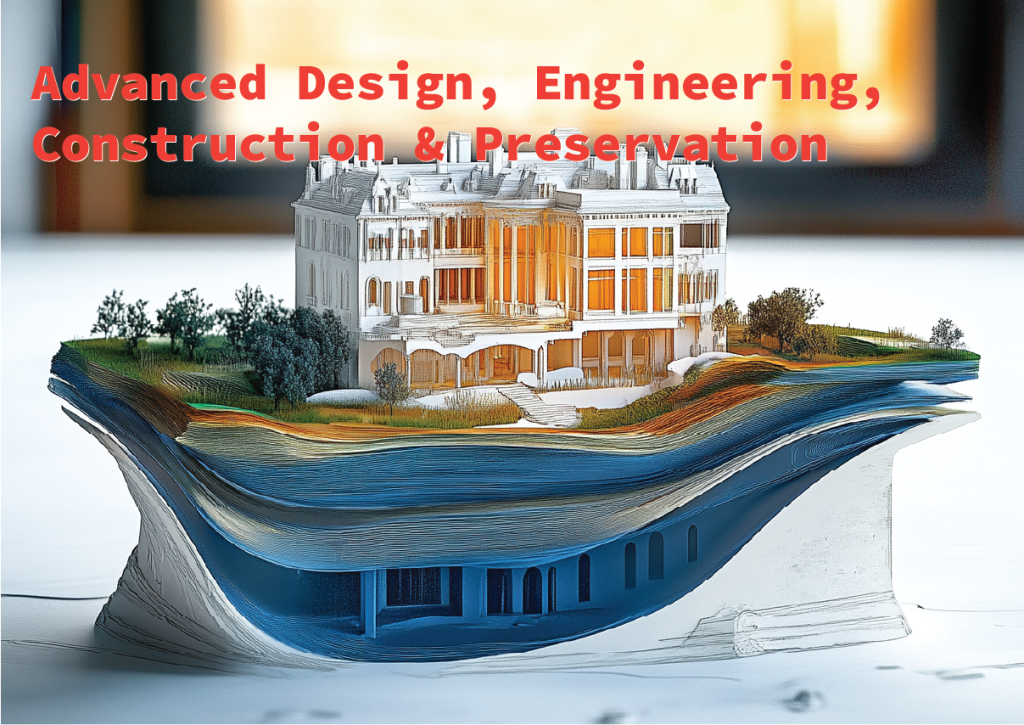
Advanced Design, Engineering, Construction & Preservation
Advanced Design, Engineering, Construction, and Preservation (ADECP) research explores innovative technologies and processes to improve the efficiency, sustainability, and resilience of the built environment throughout its lifecycle. This interdisciplinary field investigates areas like digital fabrication, building information modeling (BIM), and advanced materials to optimize design, construction, operation, and preservation of infrastructure and buildings. Some example research subtopics include:
- Generative AI in the Built Environment
- Historic Preservation
- 3D Printing
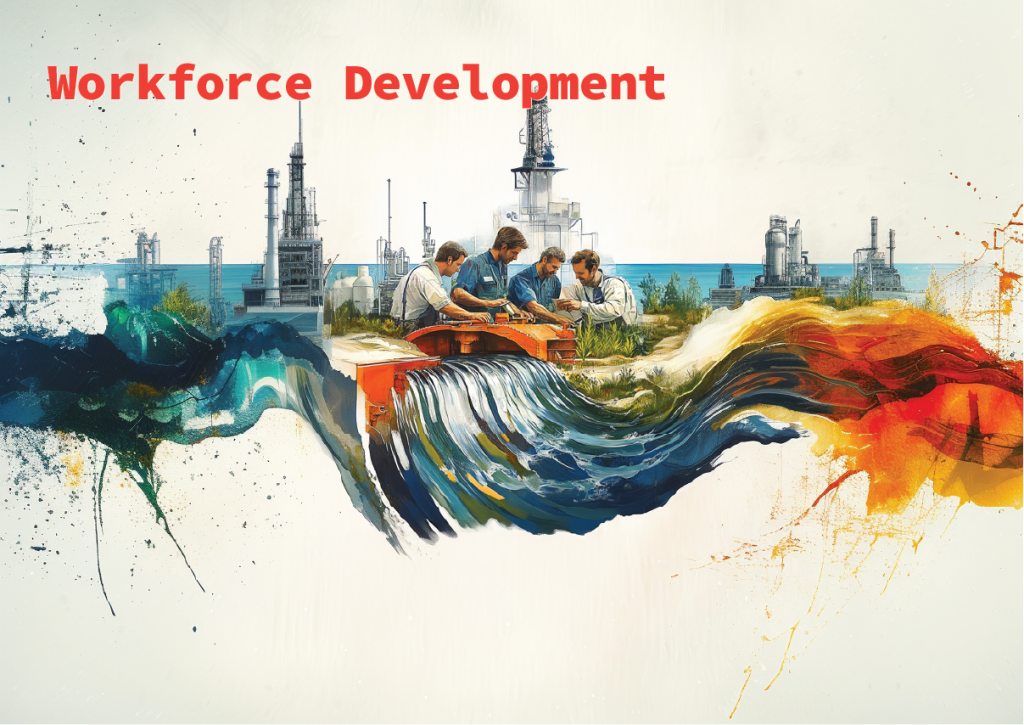
Workforce Development
Workforce development research in design, engineering, and construction explores strategies to attract, train, and retain a skilled workforce capable of meeting the evolving demands of the industry. This includes investigating educational programs, apprenticeship models, and technology integration to ensure a pipeline of qualified professionals for designing, building, and maintaining sustainable and resilient infrastructure. Some example research subtopics include:
- Workforce Development for Transportation
- Workforce Development for the Built Environment
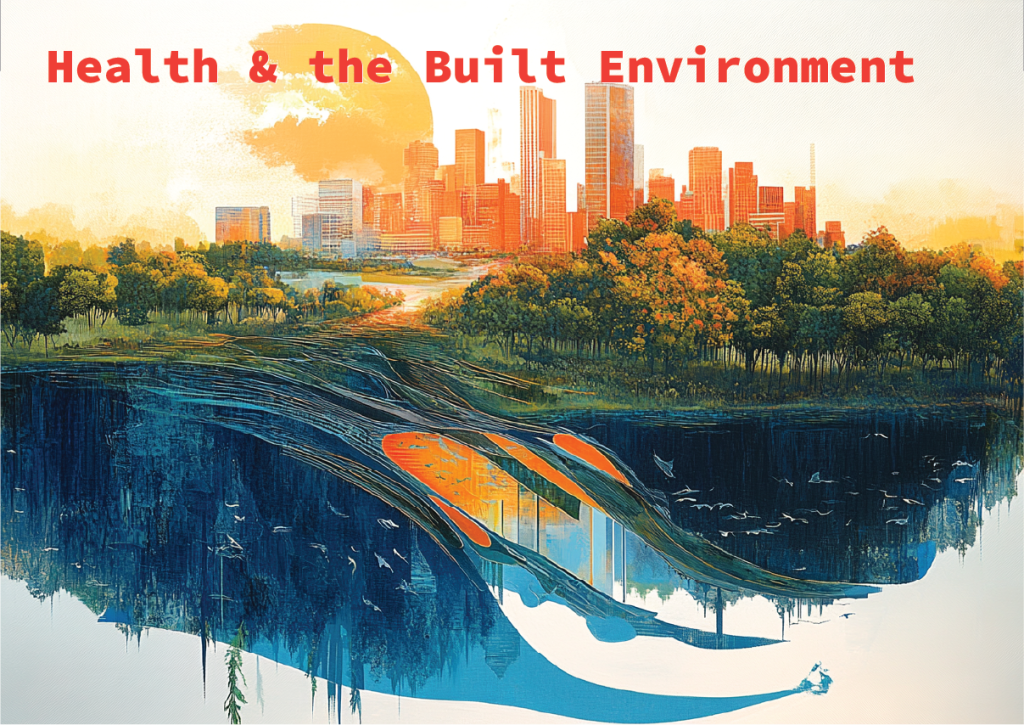
Health & the Built Environment
Research on health and the built environment examines the complex relationship between the design of our surroundings and human well-being, exploring how factors like air quality, access to green spaces, and walkability influence physical and mental health outcomes. This interdisciplinary field investigates how to create healthier built environments that promote active living, reduce exposure to environmental hazards, and foster social connection. Some example research subtopics include:
- Indoor Environmental Quality and Healthy Buildings
- Urban Air Quality and Environmental Impacts